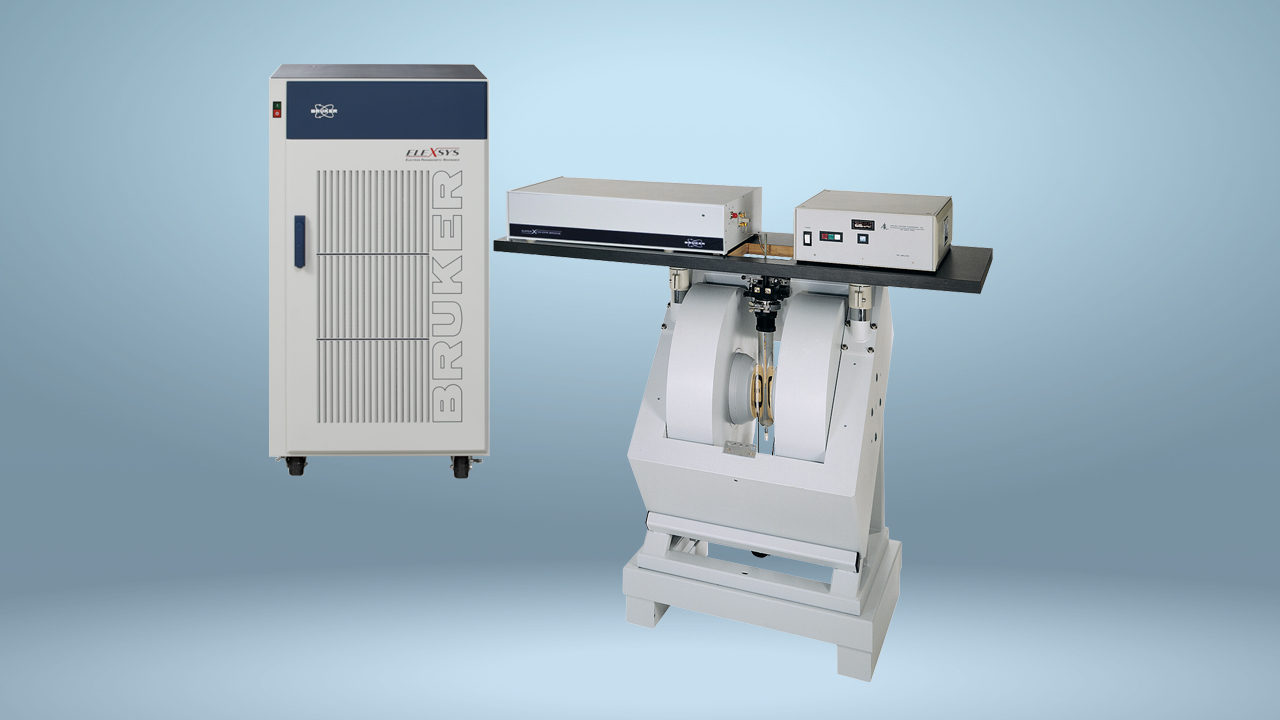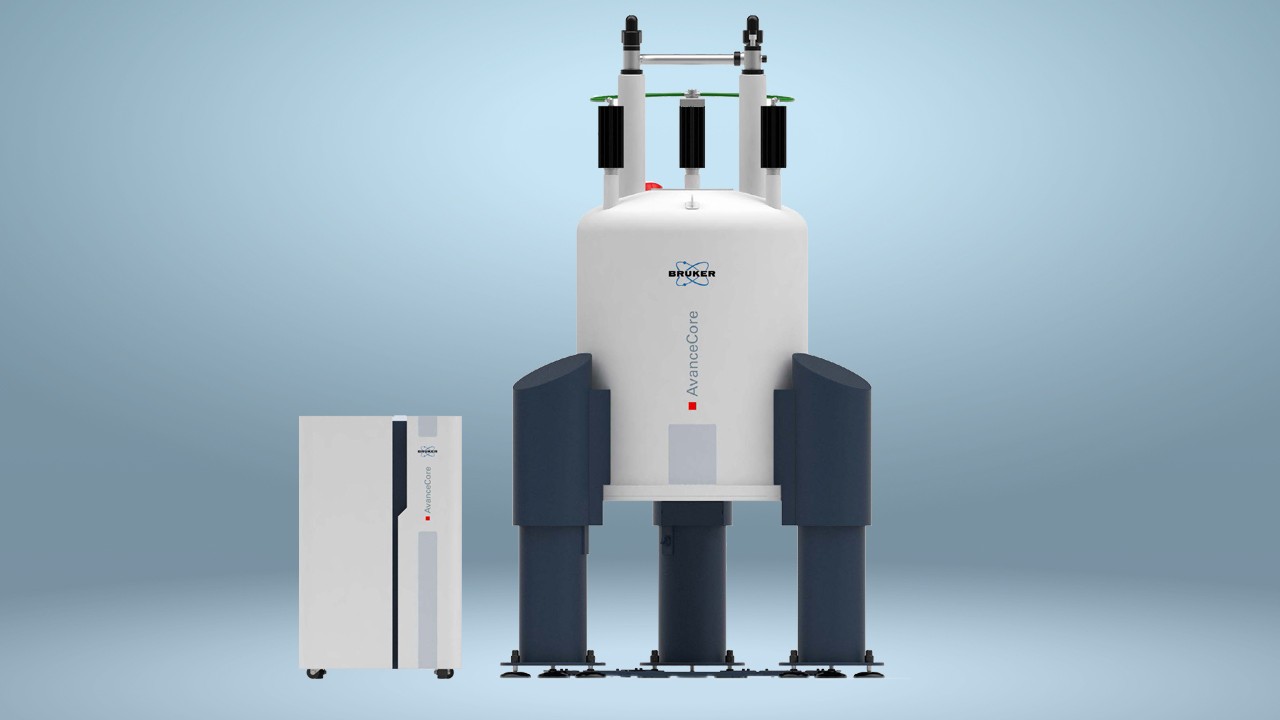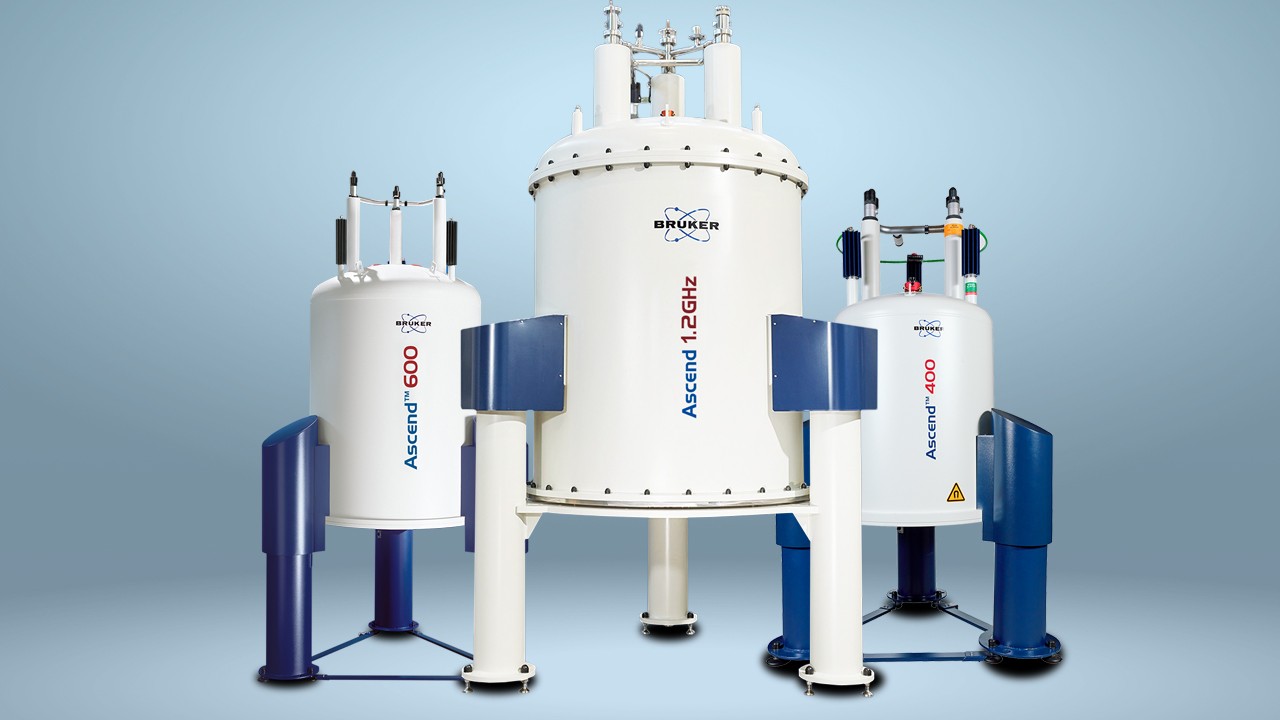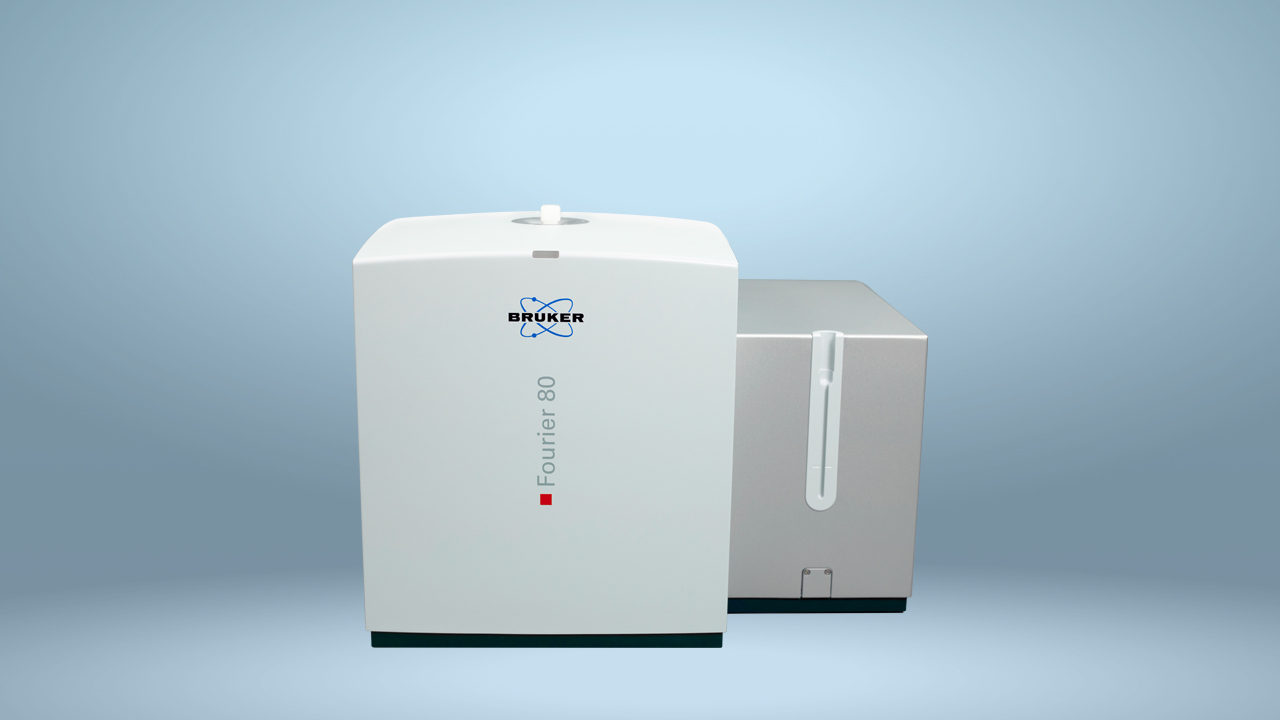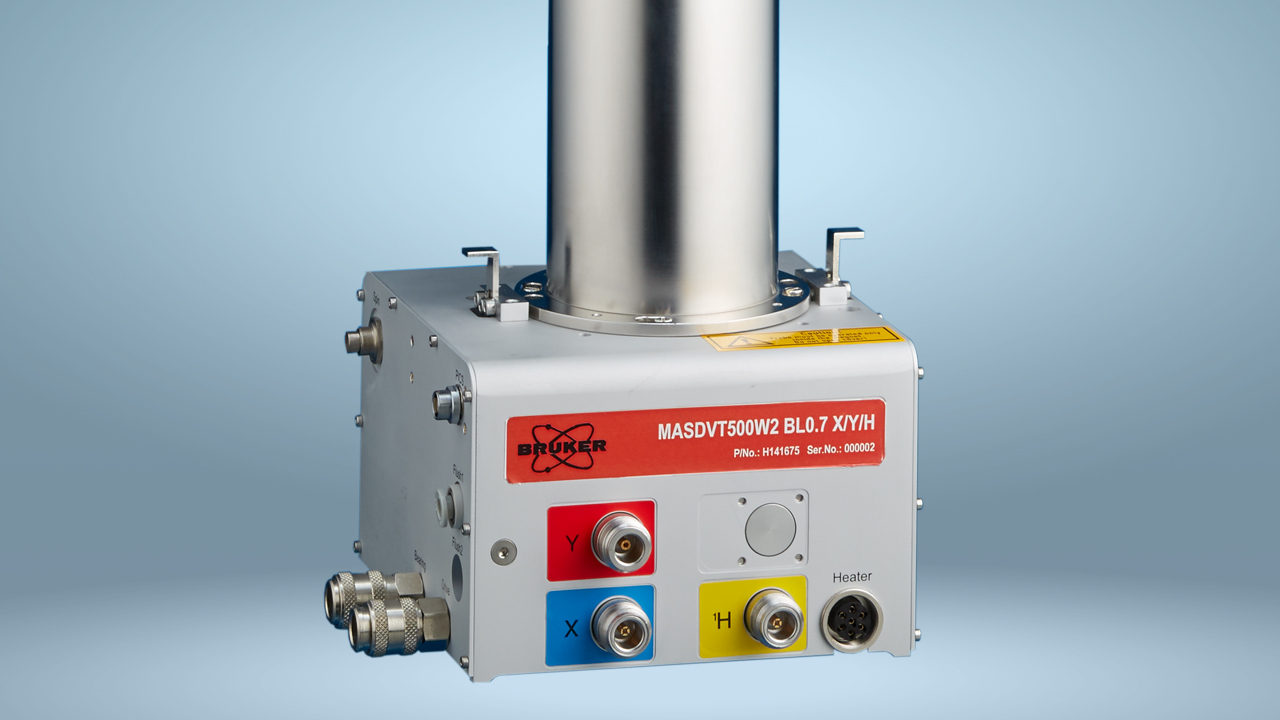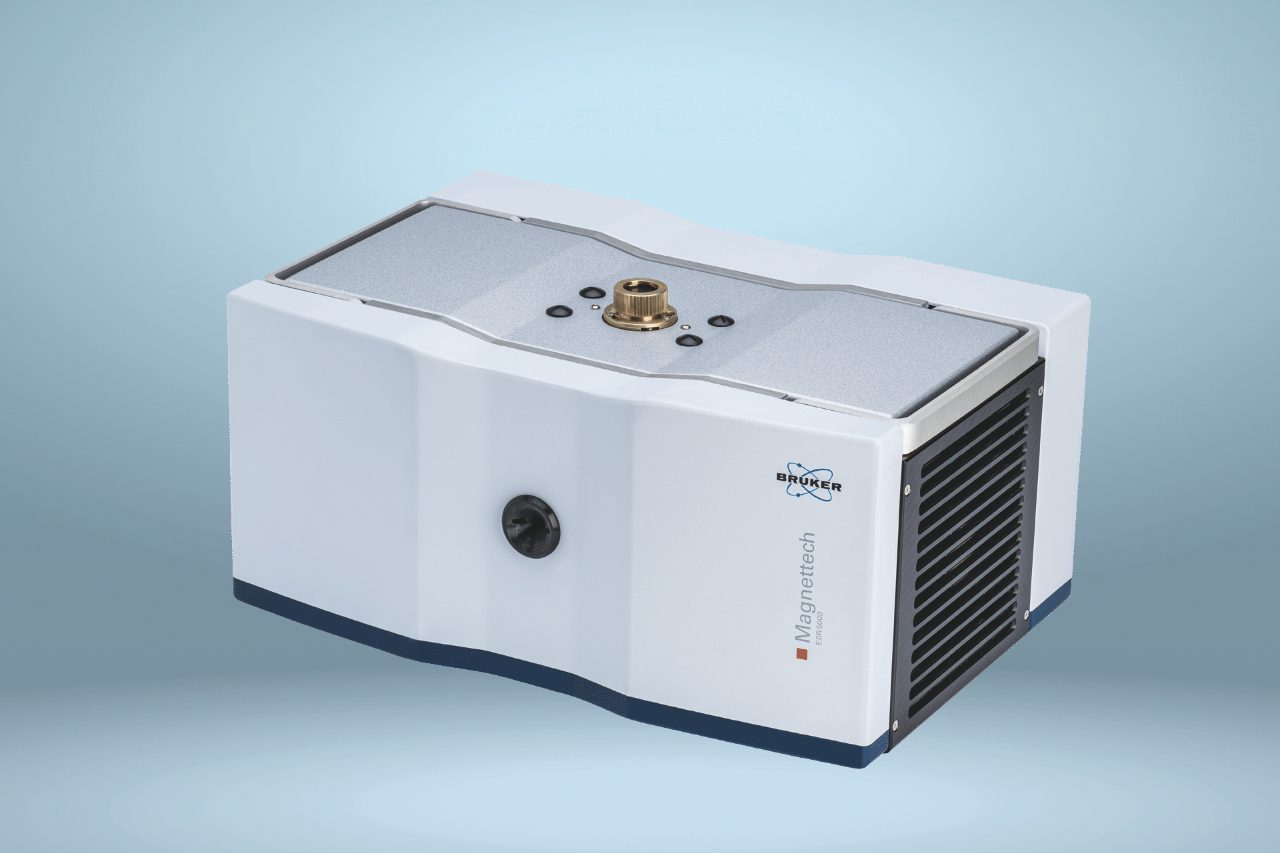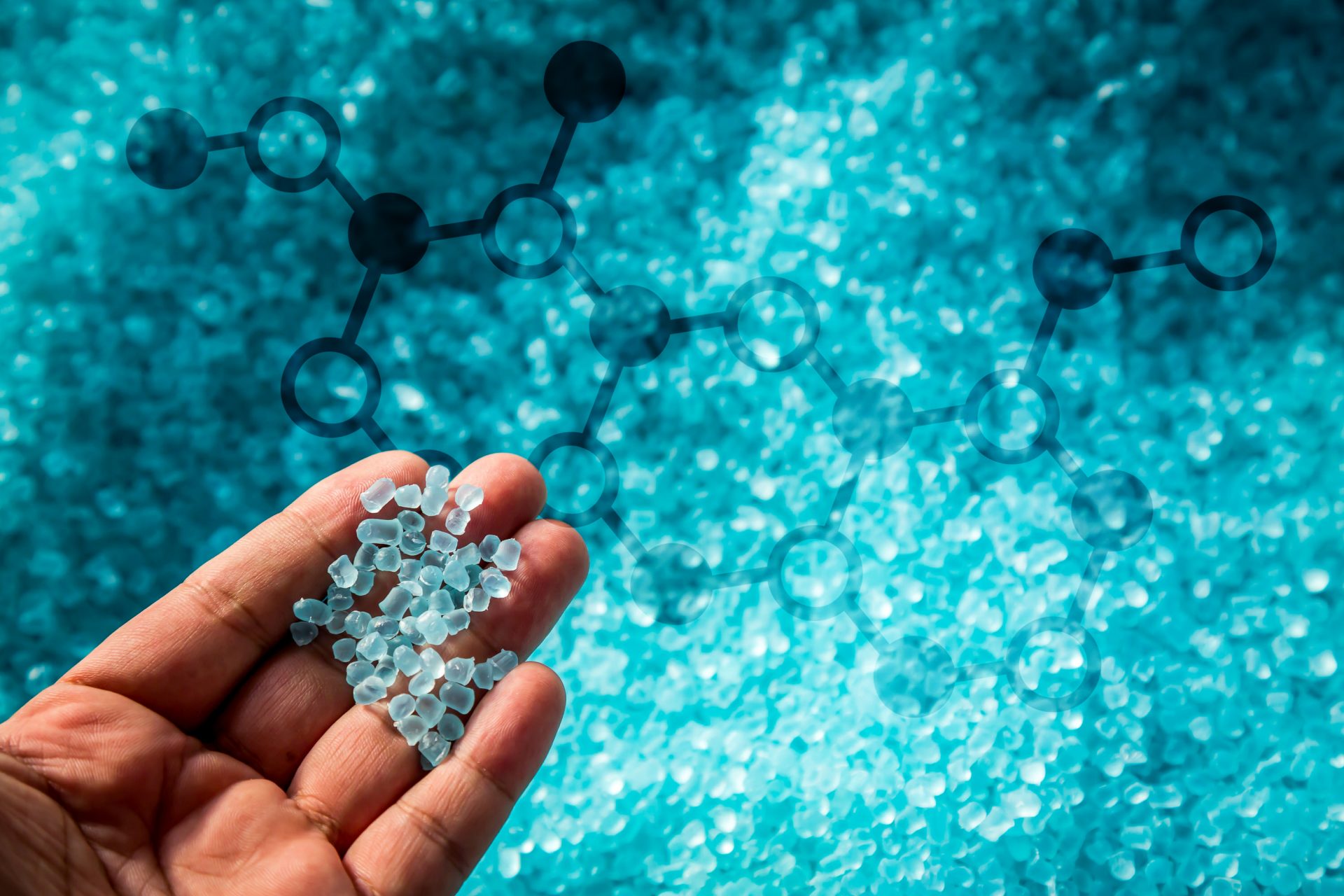

Polymer Chemistry
Polymer research in academia has long benefitted from NMR spectroscopy. Many of the samples that need to be investigated can be submitted to NMR analysis with minimal preparation which might affect structure or composition.
One characteristic that makes NMR suitable for polymer analysis is its highly linear response over a very large dynamic range. It is crucial in this field to be able to characterize an end-group of a polymer in the presence of near one million monomer repeats. As a primary quantitative ratio method NMR can provide an easy way to give the researchers not only a qualitative but also highly accurate quantitative view into their materials.
When analyzing polymers, researchers are interested in structural features of a polymer such as chain length, tacticity, branching or cross-linking. Tacticity describes how monomer units are arranged in the polymerchain, which could be head to head, head to tail, tail to tail or in irregular patterns. Chainlength can for example be established by careful quantitation of backbone versus endgroup signals.
Properties of polymers are additionally influenced by the use of co-polymers, modifiers, plasticizers and more. These can both affect whether a plastic is resistant to heat, resistant to chemicals, and whether it has the right amount of flexibility for its purpose, as well as other characteristics such as plasticity. Since NMR can give information about the dynamics of a molecule the effects on the flexibility of a molecule in solution as a function of modifications can be studied.
Valuable tools developed by Bruker that aid in this type of blended material analysis include their high temperature probes, and large volume, cryogenically cooled probes. The latter being important as polymer samples are often highly viscous and hard to get into small diameter tubes. Additionally the large amounts of sample will allow more easily the detection of small amounts of impurities.
A heated sample changer allows that polymer samples can be kept at elevated temperatures and thus a liquid state from preparation to measurement. Bruker has also developed a series of probes that are optimal for the analysis of fluorinated materials. These include conventional and cryogenically cooled probes that allow the simultaneous observation and decoupling of protons, carbon and fluorine.
The scientists at Bruker have also collaborated with scientists in the field of polymer research to newly develop and further improve experiments and measurement techniques to lead to better and more insightful results.
Recent Publications
Long-Chain Branch Detection and Quantification in Ethylene–Hexene LLDPE with 13C NMR
Zhe Zhou, Clemens Anklin, Rongjuan Cong, Xiaohua Qiu, and Rainer Kuemmerle
Polyolefin Analyses with a 10 mm Multinuclear NMR Cryoprobe
Zhe Zhou, Rainer Kuemmerle, Nathan Rau, Donald Eldred, Aitor Moreno, Barbara Czarniecki, Xiaohua Qiu, Rongjuan Cong, Anthony P. Gies, Leslie Fan, Evelyn Auyeung, Dain B. Beezer, Huong Dau, and Eva Harth
Analytical Chemistry 2020 92 (23), 15596-15603
A new decoupling method for accurate quantification of polyethylene copolymer composition and triad sequence distribution with 13C NMR
Zhe Zhou, Rainer Kümmerle, Xiaohua Qiu, David Redwine, Rongjuan Cong, Angela Taha, Dan Baugh, Bill Winniford,
Journal of Magnetic Resonance, 187, 2007, 225-233

